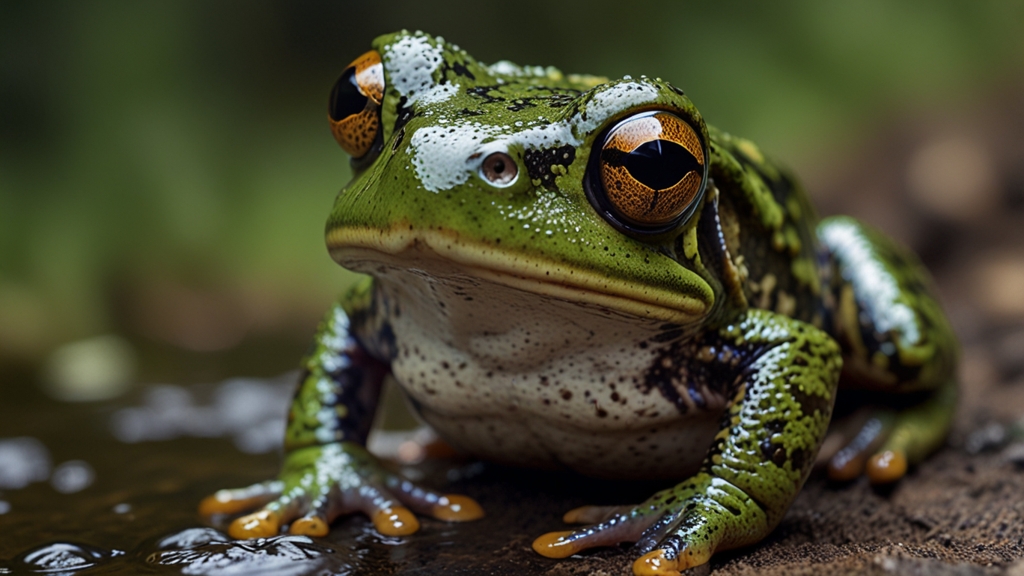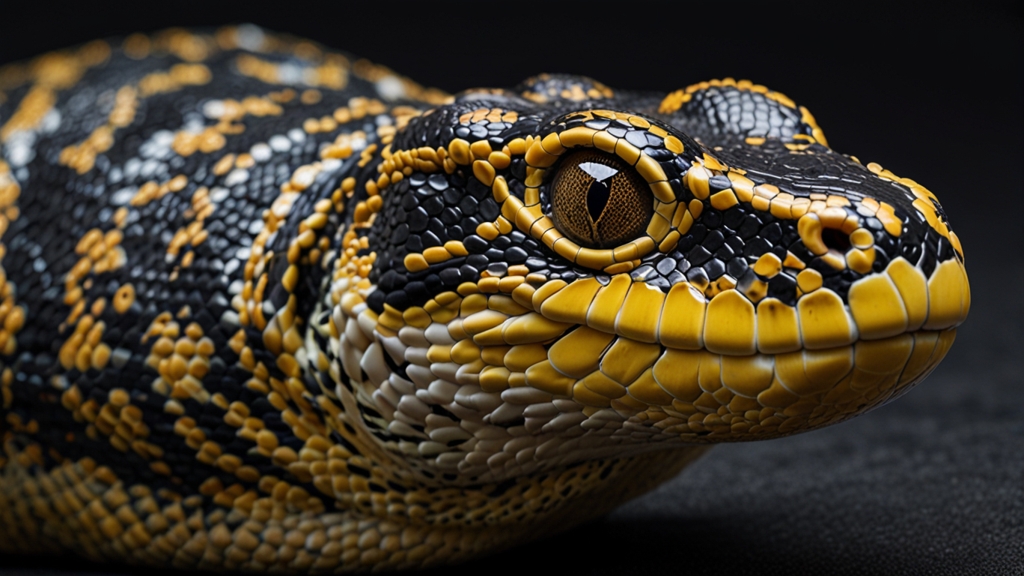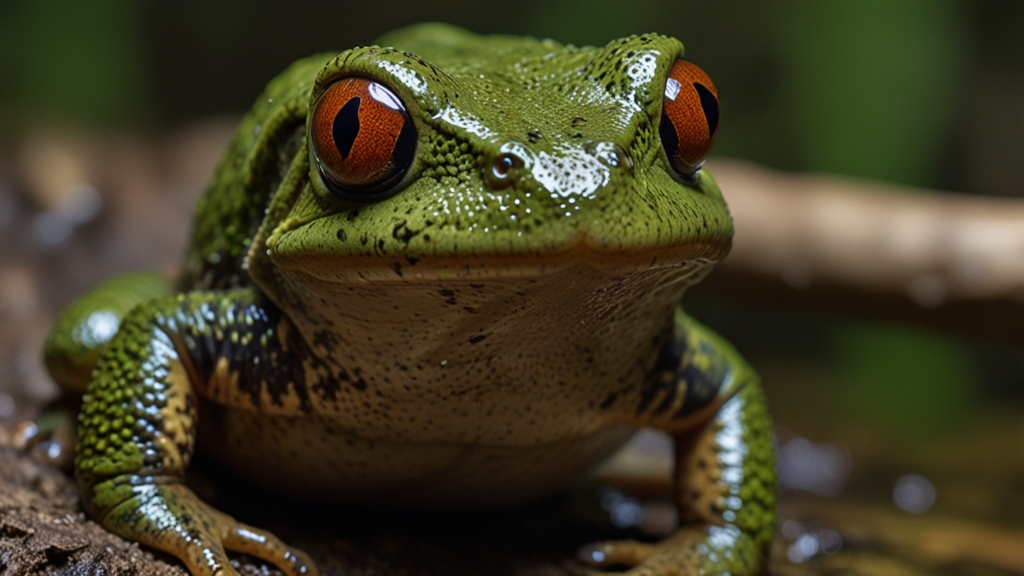The Truth About Frog Myths: What's Real and What's Not
Frogs have long been the subjects of myths, legends, and widespread superstitions. From their natural habitats to their intriguing life cycles, these amphibians have inspired a plethora of tales. But how much of what we know about frogs is actually true? Let's dive into some common frog myths to discern fact from fiction.
Myth: Frogs Can Give You Warts
One of the most enduring myths about frogs is that they can give you warts. This belief likely stems from the appearance of the bumps on a frog’s skin, which resemble warts. However, this is unequivocally false. Warts in humans are caused by the human papillomavirus (HPV), which has no connection to amphibians.
“The bumps on a frog's skin are actually glands that secrete various substances. These glands can help protect frogs from predators and infections, but they have nothing to do with human warts.”
Myth: All Frogs Are Poisonous
While it's true that some frogs are indeed poisonous, particularly many species in the Dendrobatidae family (often referred to as poison dart frogs), not all frogs possess toxic properties. The level of toxicity varies significantly among different species, and many frogs are completely harmless. Moreover, the toxicity of these poisonous frogs is often derived from their diet in the wild, and those bred in captivity usually lack these toxic properties.
Myth: Frogs Are Excellent Weather Predictors
You've probably heard that frogs can predict the weather. It's said that their croaking increases before rain or that their behavior changes with impending weather conditions. While frogs are highly sensitive to changes in their environment, which might be influenced by weather patterns, they are not reliable meteorologists. Their increased activity before rain can often be attributed simply to the fact that they thrive in moist conditions and thus become more active.
“Frogs’ heightened croaking before rain is more about their preference for damp conditions, which are ideal for their skin and reproductive activities, rather than an ability to predict the weather.”
Myth: Touching a Frog Can Be Harmful
While handling frogs should be done with care, it's a misconception that simply touching a frog can harm humans. However, frogs do have sensitive skin that can be affected by oils, lotions, and other residues on human hands. Additionally, some frogs secrete toxins from their skin that could cause irritation. Therefore, it’s best to handle frogs minimally and always wash your hands before and after to protect both yourself and the frog.
Myth: Frogs Are Just Frogs, Nothing More
Many people see frogs as simple, unremarkable creatures, but this couldn’t be further from the truth. Frogs play vital roles in their ecosystems as both predators and prey. They help control insect populations and are essential in nutrient cycling within their habitats. Moreover, frogs are indicator species, meaning their presence, absence, or well-being can signify the health of an environment.
“Frogs are much more than just frogs. They are ecological linchpins, and their decline signals broader environmental issues that can ultimately affect human well-being too.”
Conclusion
Frogs are fascinating creatures enveloped in a variety of myths that range from harmless misconceptions to more serious misunderstandings. By debunking these myths, we not only gain a better understanding of these charming amphibians but also foster a greater appreciation for their roles in nature. The next time you hear a frog croaking in the night or spot one leaping deftly through the underbrush, remember the facts over the fables, and treat these incredible animals with the respect they deserve.








